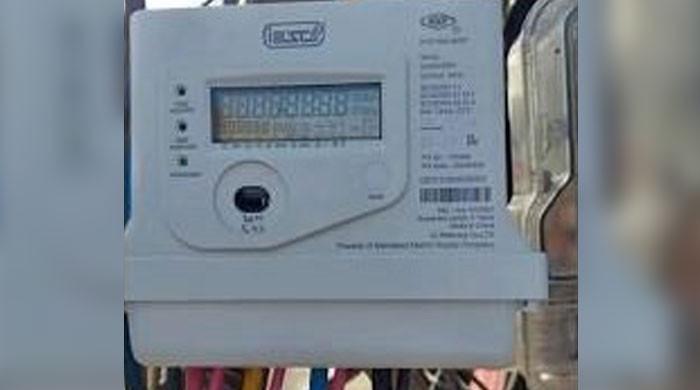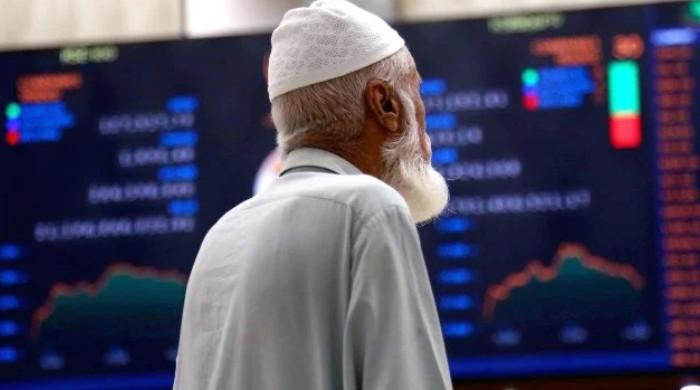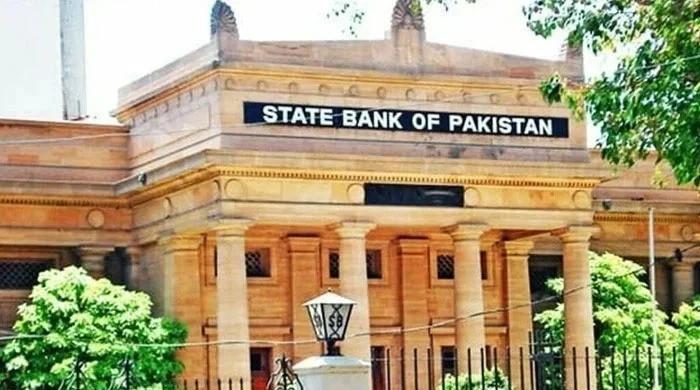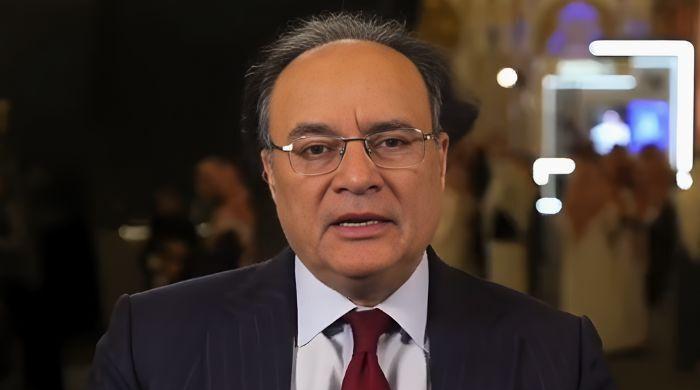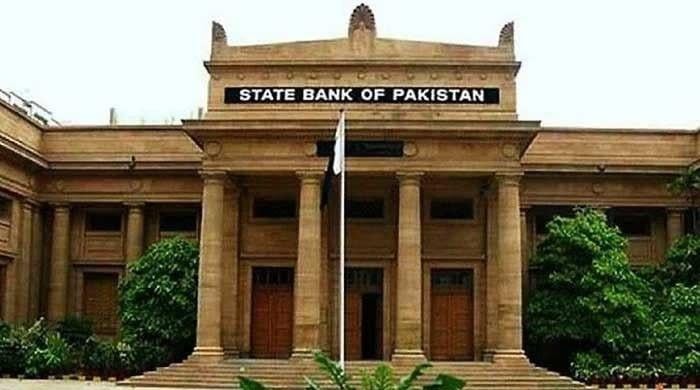SBP exudes confidence over banking sector's liquidity strength during COVID-19 crisis
Banking sector should remain resilient to COVID-19 shock under most reasonable shock scenarios, reflecting the strong capital and liquidity positions of the majority of banks, says SBP
June 16, 2020
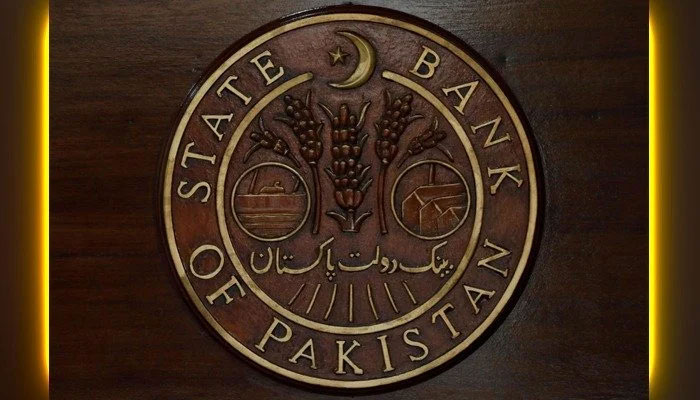
KARACHI: The State Bank of Pakistan (SBP) on Monday exhibited confidence over the liquidity strength of banks, saying that they should remain "resilient to the COVID-19 shock".
“The banking sector should remain resilient to the COVID-19 shock under most reasonable shock scenarios, reflecting the strong capital and liquidity positions of the majority of banks,” the SBP said in the financial stability review 2019 report. The SBP said the financial sector stability started to improve towards the end of the last year after some strains due to sluggish growth during the early part of the year.
“Owing to necessary stabilisation measures, macroeconomic vulnerabilities emanating from Pakistan’s external and fiscal imbalances along with the uncertainty prevailing amongst market participants began to recede by year-end,” it said in its flagship annual publication.
The consolidated asset base of the financial sector expanded by 11.74% last year compared with 7.46% growth recorded in the previous year, according to the SBP. The major contribution to this growth came from the banking sector, the largest segment of the financial sector. Financial markets —after remaining volatile in the first half of CY19 — observed stability in the second half as operations in the foreign exchange market smoothed after the transition to a market-based exchange rate system.
“Banking sector has remained resilient, with robust solvency backed by healthy profitability. The capital adequacy ratio improved to 17%, well above global and domestic minimum regulatory requirements of 10.5% and 11.5%, respectively,” it said. “Earnings of the banking sector surged 14.3% to Rs170 billion in CY2019, a turnaround after the contraction of the previous few years.”
The SBP said the higher interest income of the sector improved the net interest margin to 4%, a 60 basis points rise over the last year. Accordingly, profitability indicators like the return on assets and equity also increased. While demand for financing weakened—amid sluggish economic conditions—bank assets expanded by 11.73% in CY19, primarily, due to a surge in investment in treasury instruments. Though asset quality saw some deterioration, most of the non-performing loans continued to be fully provisioned. “Encouragingly, the deposit base also exhibited a marked recovery, expanding by 11.92%, and provided the resources to support asset growth.”
The State Bank said the performance of the Islamic banking institutions also remained remarkable. Not only did their assets surge by 23.52% but their profitability also increased, bolstering the overall earnings of the banking sector last year.
“Nevertheless, healthy inflow into their deposits further complicated the liquidity deployment challenges for the IBIs as they continued to face limited sharia-compliant investment opportunities,” it said. The SBP said the performance of the non-bank financial and non-financial corporate sectors remained stable during the year under review. The equity market also showed a significant recovery towards the end of CY19, after having been quite volatile earlier in the year.
The State Bank further said the dismal impact of COVID-19 on Pakistan is still unfolding. The country, after imposing lockdowns, has moved towards easing some of the restrictions, amid rising levels of infection. This should help provide support to economic activity.
“Going forward, the pace and extent of global and domestic economic revival are inextricably tied to the trajectory of COVID-19. SBP is keeping a close watch on developments and stands ready to take all policy actions in its domain to safeguard the economic and financial stability,” it said. “Overall, it is encouraging that the strong capital buffers built over the years have significantly enhanced the resilience of Pakistan’s banking sector.”
The SBP said there were early signs of an economic revival as foreign exchange reserves increased, the market-based exchange rate stabilised, the fiscal deficit contracted, and economic activity, particularly the large scale manufacturing, revived. “Due to better sentiment, both local and foreign investors started taking positions in the equity and bond markets of the country. As macroeconomic stress declined, the stability of the financial sector improved.”
Originally published in The News





